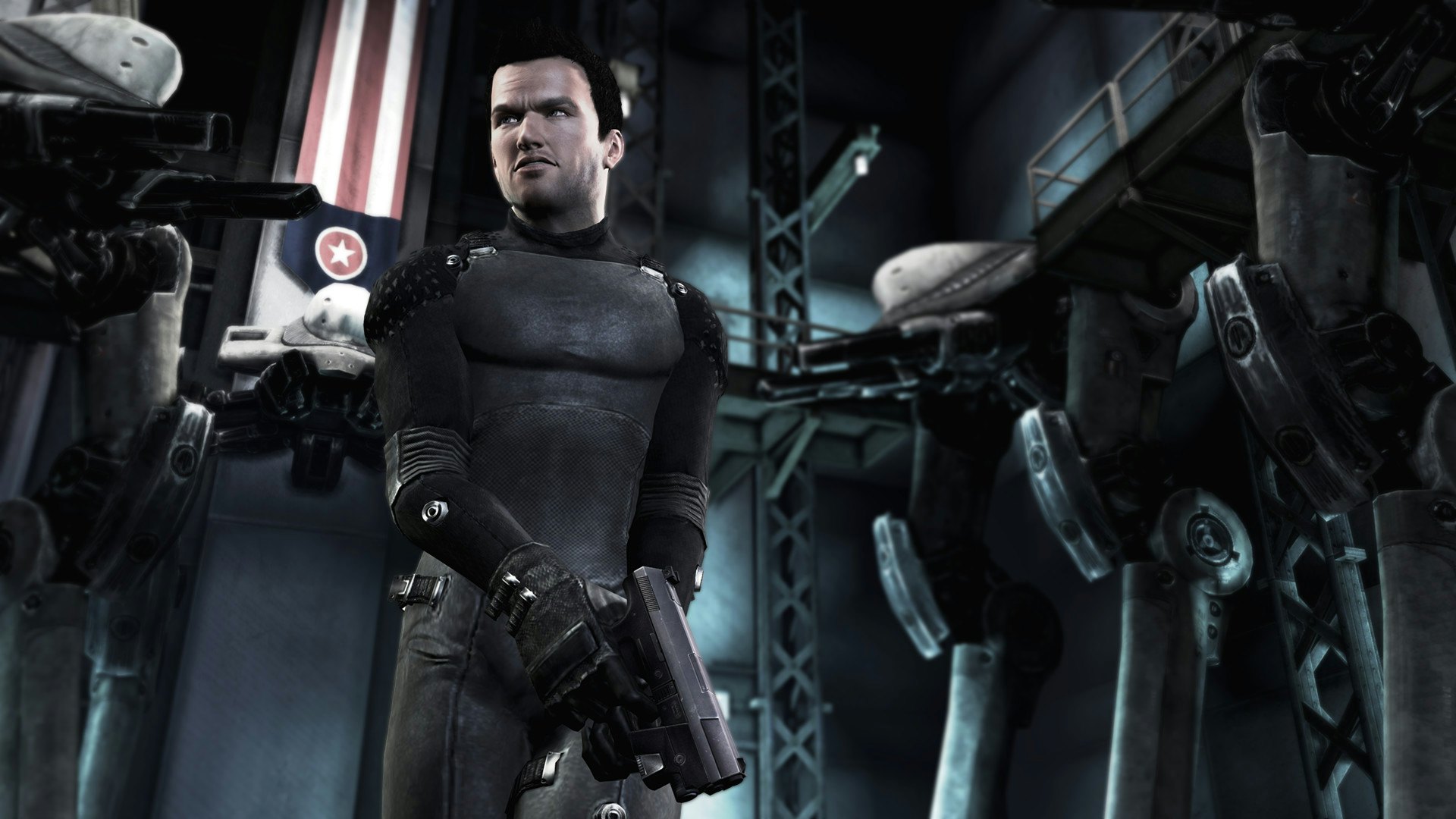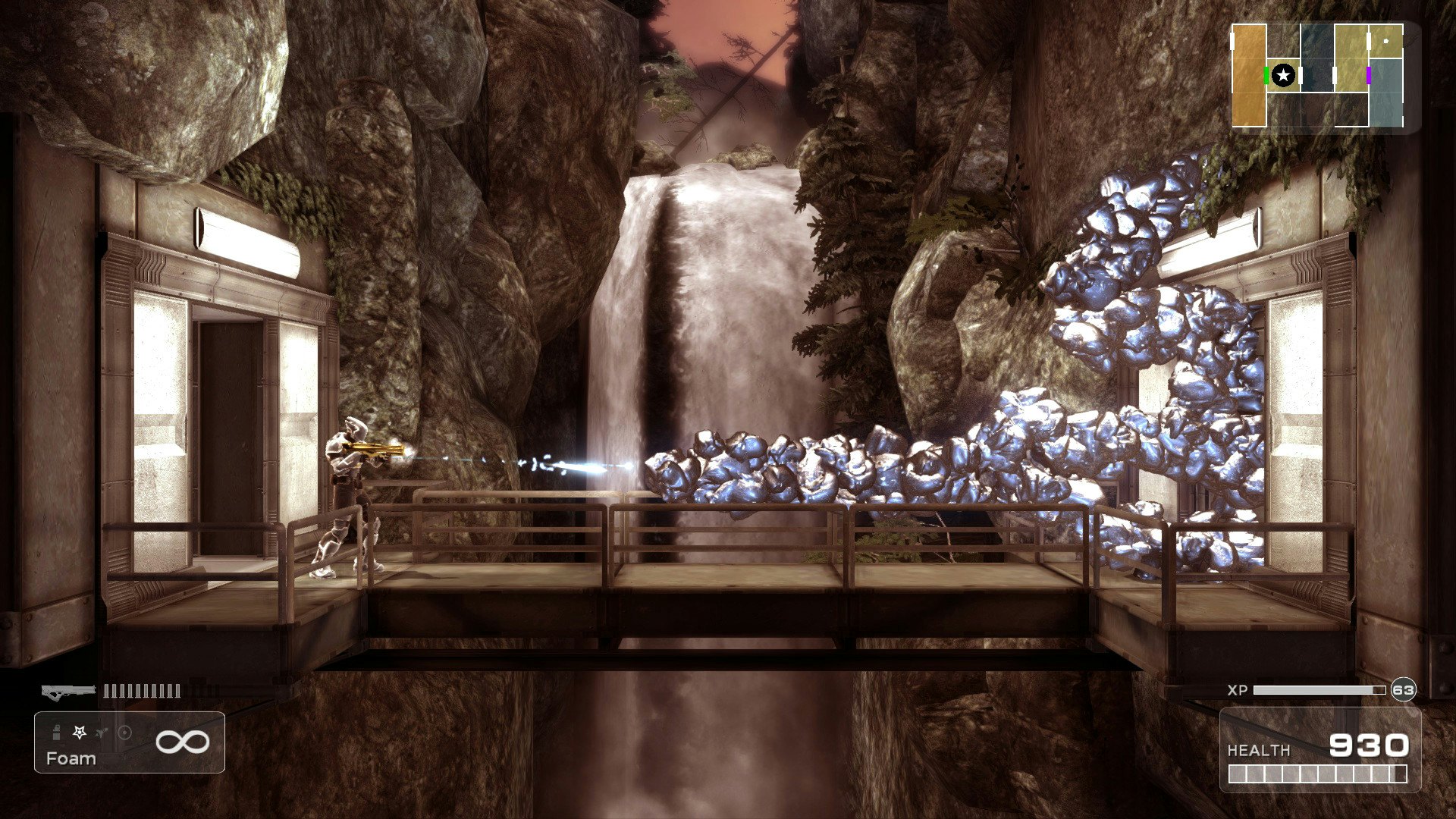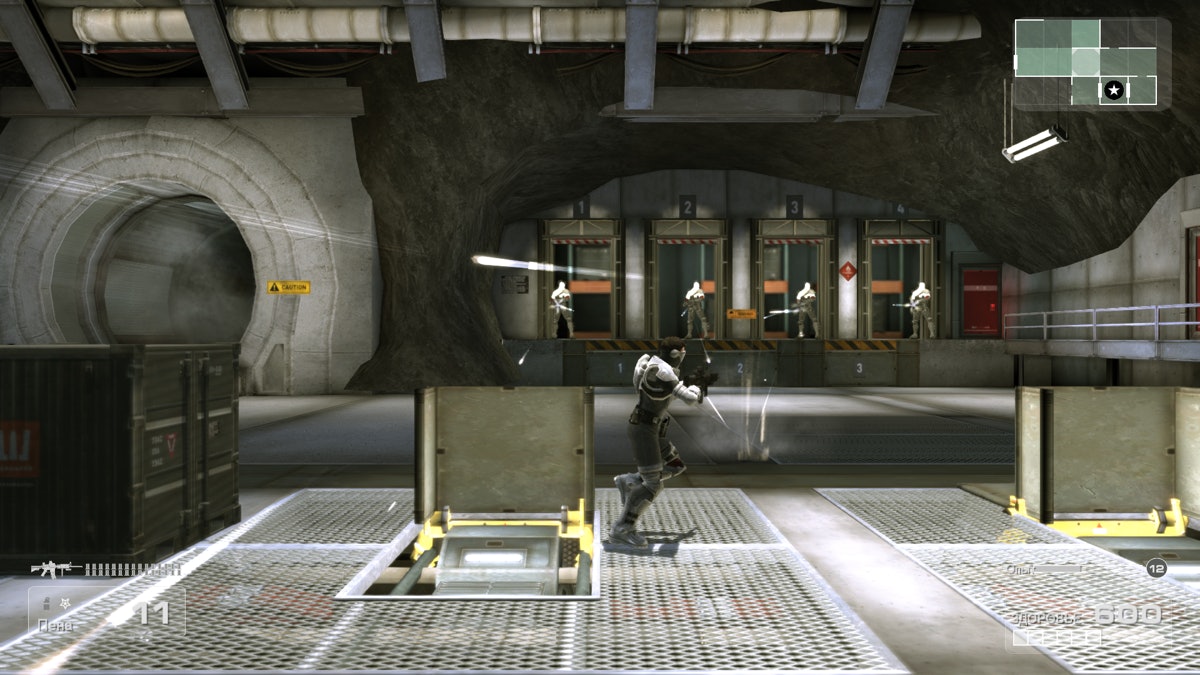
It’s hard to imagine a time before the Metroidvania wasn’t a go-to for developers. For smaller teams in particular, it's the perfect genre for letting players explore without the need to create massive open worlds. It evokes a sense of discovery while allowing creators to carefully control progression for a curated experience. For over a decade, there’s been no shortage of games that emulate the sense of exploration and steady power progression both Super Metroid and Castlevania: Symphony Of The Night perfected in the ‘90s. And this year alone, titles like Tales of Kenzera: Zau and Animal Well continue to iterate on the tried and true formula in fresh new ways.
The genre owes much of its popularity today to one game that proved the timeless formula could work on modern platforms. In 2009, Chair Entertainment and Epic Games released Shadow Complex, a 2.5D Metroidvania that wore its influences on its sleeve while updating it for a newer generation. The risky venture proved to be a great success critically and commercially, helping reintroduce the genre to an entirely new audience.

Shadow Complex follows Jason, a regular dude out exploring the woods with his girlfriend Claire. When she’s suddenly taken by a mysterious faction holed up in an elaborate underground base, Jason sets out to rescue her and uncover their apocalyptic scheme. It’s a straightforward plot that serves its gameplay (which is the real star of the show) well enough.
Shadow Complex was released when the industry was in flux. New digital stores like Xbox Live Marketplace and the PlayStation Network gave smaller, cheaper games a place to exist. Titles like Flower from Thatgamecompany and Geometry Wars from Bizarre Creations proved these smaller experiences could be as fun and impactful as a AAA game bought from the local retailer.
Chair Entertainment was no stranger to this exciting new market. In 2007, Chair released the woefully overlooked Undertow on Xbox Live Aracde. This underwater 2.5D shoot-em-up pushed the boundaries of what these smaller experiences could be with its impressive visuals and 16-player modes. For its follow-up, the studio aimed to continue its trend of big-budget throwbacks and looked squarely to one of gaming’s greatest achievements for inspiration.
Donald Mustard, the game’s creative and technical director (and later the Chief Creative Officer at Epic Games), never shied away from what Shadow Complex was supposed to be — or where the idea came from.
“Growing up, my favorite game of all time was Super Metroid,” Mustard told Giant Bomb at San Diego Comic-Con 2009. “And I’ve been thinking for years, it would be so cool to make a next-gen Metroidvania-esque sidescroller.”
At the time, it was refreshing to hear a developer acknowledge seminal games of the past, and an open desire to revive what made them so special. By 2009, the Metroidvania wasn’t completely gone. Excellent Castlevania games on the Game Boy Advance and Nintendo DS kept the flame alive through the 2000s. Nintendo also adapted the design to 3D with the Metroid Prime series before revisiting its roots in Metroid: Zero Mission. But the genre didn’t have a presence outside of handhelds, something Mustard and his team sought to rectify.
“I think Metroidvania is a genre unto its own, and there’s just not enough entries into it,” Mustard told Giant Bomb. “It’s the kind of game we want to play, and hopefully other people want to play.”

And Shadow Complex exceeded those expectations when it was released, becoming a worthy spiritual successor of the titles it was inspired by. It perfectly translated the genre’s tropes within its fiction, giving Jason cool powers like a rocket-powered double-jump, a foam gun capable of making platforms, and super-armor. Chair incorporated the twin-stick shooting mechanics of Undertow and layered on cover mechanics popularized by games like Gears Of War and Killswitch.
It was also a graphical showcase for Unreal Engine 3. Shadow Complex constantly played with perspective, allowing the player to engage in firefights with enemies in the background and foreground.
Shadow Complex took the old-school Metroidvania game and modernized it with the mechanics and presentation typically reserved for a full $60 release. The results were glorious. Shadow Complex garnered an 88 Metacritic score and was praised for being worth successor of the genre’s namesake.

Sadly, Chair never revisited Shadow Complex after its release. The team instead moved on to Infinity Blade in 2010, the defacto graphical showcase for the revolutionary iPhone 4. Infinity Blade would get two extremely successful sequels on mobile devices. Mustard meanwhile went on to become the mastermind behind Fortnite’s ever-evolving franchise-spanning story. Last year, he retired from the industry altogether.
Shadow Complex is a fantastic game that still holds up 15 years later. For those who missed it the first time 15 years ago, a strong remaster was released in 2016 with updated graphics and performance. It’s worth revisiting, even if what made it special is less unique in today’s gaming landscape.
The game’s greatest contribution, however, is reminding the industry how great a nearly forgotten genre has always been. The Metroidvania should have never been relegated exclusively to portable platforms. And yet, it seemed destined to become a niche enjoyed only by those who knew where it still thrived. Shadow Complex helped save the genre from obscurity, kicking off a renaissance we’re still living through a decade and a half later.







